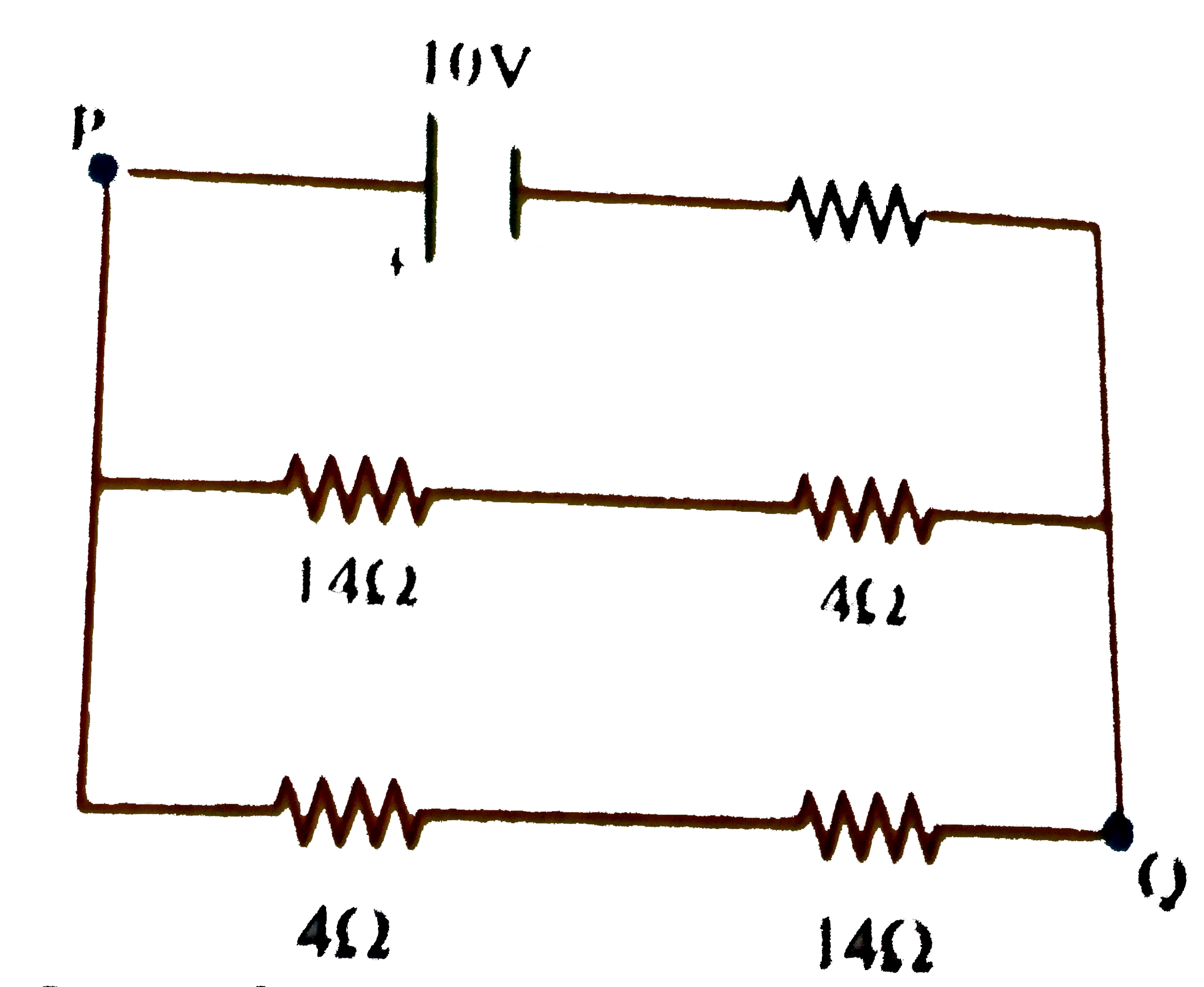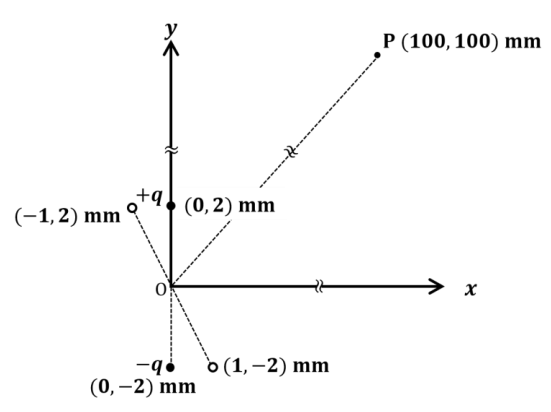Two points P and Q are maintained at the potentials of 10V and -4V, respectively. The work done in moving 100 electrons from P to Q is:
−2.24×10−16J
2.24×10−16J
−9.6×10−17J
9.6×10−17J
The correct Answer is:B
W=qΔV
Topper's Solved these Questions
- BOOK - NARAYNACHAPTER - ELECTROSTATIC POTENTIAL AND CAPACITANCEEXERCISE - EXERCISE - 3 (PREVIOUS AIPMT QUESTIONS)23videos
ELECTROSTATIC POTENTIAL AND CAPACITANCE
- BOOK - NARAYNACHAPTER - ELECTROSTATIC POTENTIAL AND CAPACITANCEEXERCISE - EXERCISE - 4 (NCERT EXAMPLAR PROBLEMS)6videos
ELECTROSTATIC POTENTIAL AND CAPACITANCE
- BOOK - NARAYNACHAPTER - ELECTROSTATIC POTENTIAL AND CAPACITANCEEXERCISE - Exercise-2(C.W)53videos
ELECTROSTATIC POTENTIAL AND CAPACITANCE
- BOOK - NARAYNACHAPTER - ELECTROMAGNETIC WAVES EXERCISE - EXERCISE -415videos
ELECTROMAGNETIC WAVES
- BOOK - NARAYNACHAPTER - ELECTROSTATICS AND GAUSS LAWEXERCISE - Intergers type question11videos
ELECTROSTATICS AND GAUSS LAW
Similar Questions
(i) Can two equaipotential surfaces intersect each other ? Give reasons
(ii) Two charges −qand+q are located at point A (0, 0 -a) and B(0, 0, +a) respectively. How much work is done in moving a test charge from point P(7,0,0) to Q(−3,0,0) ?View SolutionTwo charges - q and + q are located at points A(0, 0, -a) and B(0, 0, +a) respectively. How much work is done in moving a test charge from point P(7,0,0) to Q(-3,0,0) ?
View Solution
Knowledge Check
- Question 1 - Select One
Two points P and Q are maintained at the potentials of 10 V and - 4 V respectively. The work done in moving 100 electrons from P to Q is
A9.60×10−17JB−2.24×10−16JC2.24×10−16JD−9.60×10−17J - Question 2 - Select One
The electric potential at. Point A is 20 V and B is – 20 . The work done by an external force in moving electron slowly from B to A is
A−6.4×10−18JB+6.4×10−18JC4×10−20JD−4×10−20J - Question 3 - Select One

If in the circuit shown below, the internal resistance of the battery is 1Ω and VP and VQ are the potentials at P and Q respectively, the potential difference between te point P and Q isA9 VB11 VC7 VD6 V
(i) Can two equpotential surfaces intersect each other ? Give reason.
(ii) Two charges +qand−q are located at points A (0,0,−2)andB(0,0,2) respectively. How much work will be done in moving a test charge from point P(4,0,0) to (−5,0,0) ?View SolutionThe electric potential at point A is 20V and at B is −40V. Find the work done by an external and electrostatic force in moving an electron slowly from B to A.
View SolutionAn electric dipole is formed by two charges +q and -q located in xy-plane at (0,2) mm and (0,-2) mm, respectively, as shown in the figure. The electric potential at point P (100,100) mm due to the dipole is V_{0} The charges +q and -q are then moved to the points (-1,2) mm and (1,-2) mm, respectivelyWhat is the value of electric potential at P due to the new dipole?
 View Solution
View SolutionTwo points P and Q move in same plane such that the relative acceleration of P with respect to Q is zero. They are moving such that the distance betweent them is decreasing. Pick the correct statement for P and Q to collide.
View SolutionA current I is passing through a wire having two sections P and O of uniform diameters d and d/2 respectively. If the mean drift velocity of electrons in section P and Q is denoted by vP and vQ respectively, then
View Solution

